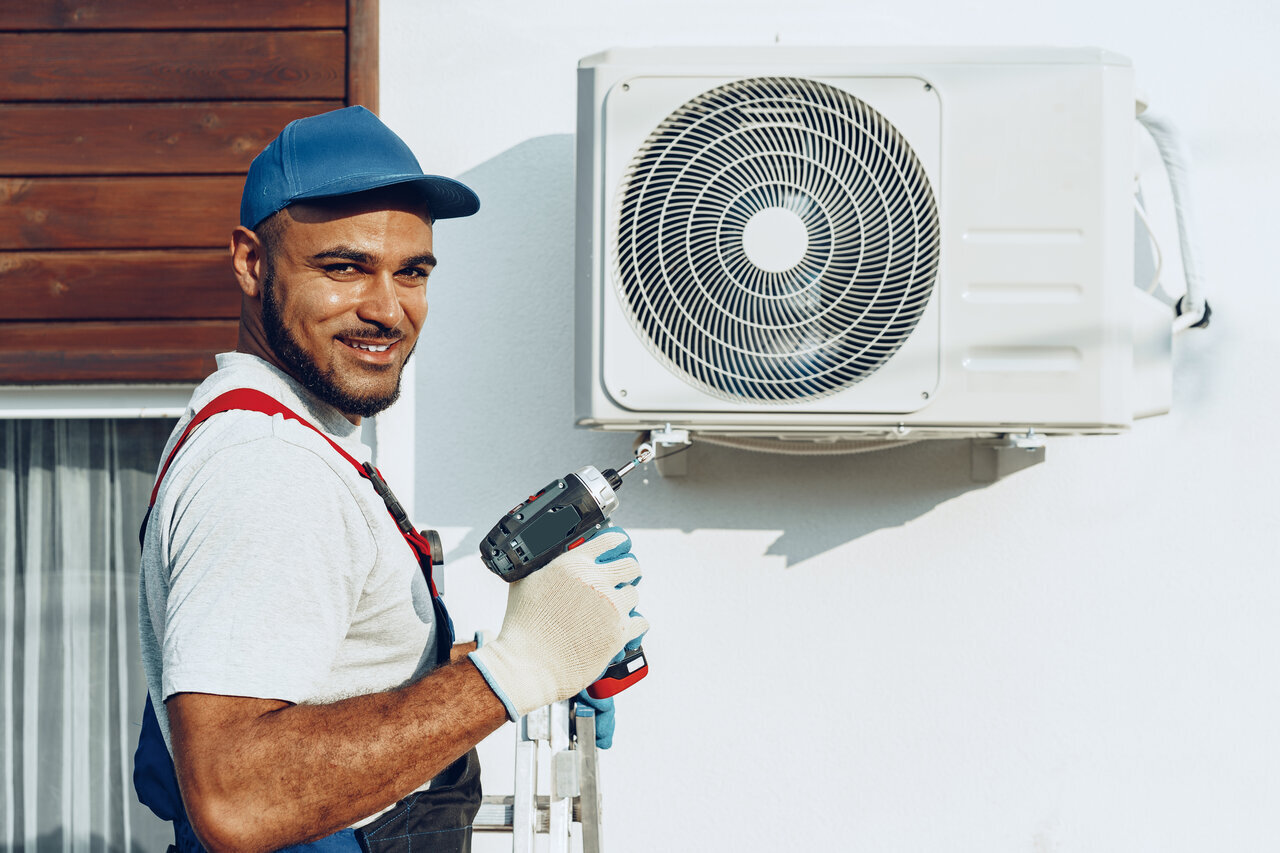Installing a heat pump in a new home involves several important steps to ensure the system runs efficiently and effectively. From initial planning and assessment to final testing and maintenance, every phase of the installation process is crucial for optimal performance. Our professionals follow a thorough process to guarantee that your new home’s HVAC system meets all your heating and cooling needs.
Initial Planning and Assessment
Site evaluation and load calculations are critical first steps in the heat pump installation process. Our professionals start by evaluating the site to understand the specific heating and cooling needs of your new home. Load calculations help determine the right size and capacity of the heat pump, ensuring it can efficiently manage your home’s climate control needs. Miscalculating these factors can lead to inefficient performance and higher energy costs, making this step essential.
Reviewing building plans and HVAC requirements follows the site evaluation. This involves a detailed look at the architectural plans to identify areas where the heat pump components, such as the indoor and outdoor units, will be installed. Our technicians also assess the ductwork layout, electrical requirements, and other specific needs outlined in the building plans. This thorough review helps you design an HVAC system that integrates seamlessly with the structure of your new home.
Establishing a timeline and budget for the installation is the final part of the initial planning phase. We work closely with homeowners and builders to set a realistic timeline that fits within the construction schedule. Additionally, we provide a detailed budget that outlines all costs associated with the installation, including equipment, labor, and any potential additional expenses. This ensures that there are no surprises during the installation process and that everything proceeds smoothly and efficiently.
Choosing the Right Heat Pump System
Selecting the right heat pump system for your new home is crucial for long-term comfort and efficiency. Various types of heat pumps are suitable for new homes, including air-source, ground-source, and hybrid models. Air-source heat pumps are common and work well in moderate climates, while ground-source, also known as geothermal heat pumps, are more energy-efficient and suitable for a range of climates. Hybrid heat pumps combine traditional heating methods with heat pump technology to offer flexibility and efficiency.
Several factors should be considered when selecting a heat pump. The size of your home, climate, and specific heating and cooling needs play a significant role in choosing the right system. Energy efficiency ratings, initial costs, and long-term maintenance requirements are also important considerations. Our professionals help guide you through these factors to find a system that meets your needs and budget.
Energy-efficient models offer numerous benefits that make them an attractive choice for new homes. These models consume less energy, reducing your utility bills while providing effective heating and cooling. Energy-efficient heat pumps also have a smaller environmental impact, making them a more sustainable option. Additionally, they often come with advanced features such as variable-speed compressors and smart thermostats, which enhance comfort and operational flexibility. Our technicians can explain the advantages of these models and help you choose the best option for your home.
Installation Process
The installation process of a heat pump is both detailed and systematic. Our professionals follow a step-by-step procedure to ensure everything is installed correctly. First, we prepare the site by clearing any obstructions and making sure the area is ready for installation. Next, we place the indoor and outdoor units in their designated locations, as determined during the planning phase. Then, we connect the refrigerant lines, electrical wiring, and ductwork to integrate the system seamlessly into your home.
Proper placement and system configuration are crucial for the heat pump’s efficiency and longevity. Ensuring that the outdoor unit has adequate airflow and is placed on a stable surface is vital. The indoor unit should be positioned for optimal air circulation. Our technicians ensure that both units are securely mounted and properly connected to the ductwork and electrical systems. This careful placement and configuration help the heat pump perform at its best.
Safety measures and compliance with codes are fundamental throughout the installation process. Our professionals adhere to all relevant safety guidelines and building codes to ensure a safe installation. This includes proper handling of refrigerants, securing electrical connections, and adhering to manufacturer specifications. Compliance with these standards not only ensures safety but also guarantees that the installation meets all regulatory requirements.
Post-Installation Testing and Maintenance
After installation, thorough testing is essential to confirm that the system operates efficiently. Our technicians conduct a series of tests to check the refrigerant levels, electrical connections, and overall system performance. We start the heat pump to ensure it heats and cools as expected and that all components are working harmoniously. This rigorous testing process helps identify any potential issues before they become problems.
Initial maintenance tasks and establishing a future maintenance schedule are also crucial. Our professionals perform initial maintenance tasks such as checking for leaks, verifying thermostat settings, and calibrating the system for optimal performance. Establishing a maintenance schedule ensures that your heat pump receives regular check-ups and necessary servicing over its lifespan. This proactive approach helps maintain efficiency and prevents unexpected breakdowns.
Professional follow-up services are as important as the installation itself. Our team remains available for any post-installation support you may need. Regular follow-up services include seasonal maintenance, system updates, and troubleshooting any issues that may arise. These services ensure the longevity and reliability of your heat pump, providing you with consistent comfort throughout the years.
Conclusion
Understanding the process of heat pump installation in new homes involves several critical stages, from initial planning to post-installation testing and maintenance. Each phase is designed to ensure your new home has an HVAC system that operates efficiently and reliably. Proper site evaluation and planning set the foundation for a successful installation. Choosing the right heat pump system tailored to your specific needs is essential for long-term comfort and energy savings. The actual installation process, conducted with precision and care, ensures that the system is configured correctly and safely. Finally, rigorous testing and regular maintenance keep your heat pump running smoothly for years to come.
Are you ready to install a heat pump in your new home? Trust the experts at Vardell’s AC to deliver a reliable and professional heat pump installation in Yuba City, CA. Contact us today to schedule a consultation and experience our exceptional service.



